Last Updated on October 31, 2022
To understand the variable valve timing (VVT) solenoid and associated oil control valve (OCV), it will help to know the history of this device and how it benefits our cars, SUVs and light trucks today.
The valves in the engine of your car, SUV or truck operate to control the flow of air, fuel and exhaust gases through the engine combustion chambers. These valves are pushed open and closed by camshafts.
There may be as many as four camshafts depending on the engine type in your vehicle. These camshafts are typically chain or belt driven from the engine crankshaft.
The cams in vehicles of decades past provided a fixed pattern of valve operation with respect to the position of the pistons. This pattern (called valve timing) was pre-determined and designed into the engine by the manufacturer. Valve timing was set to to achieve the best performance while yielding acceptable fuel economy.
Variable Cam Timing
Then variable cam timing (VCT) came along. This concept introduced cam timing that varied around a predetermined pattern of valve operation.
Patents for such systems on early engines date as far back as the 1920s. Engineers reasoned that varying the valve operation as engine speed changes could offer both performance and fuel economy benefits.
Alfa Romeo was the first manufacturer to offer VCT on a production automobile. This feature came standard on the 2.0L fuel injected engine in the 1980 Spider. The design was very basic and provided intake valve retardation as engine speed increased.
The effect of this mechanism was to add mid-range power. This one change greatly benefitted this small Alfa engine.
Gradually, variable cam timing began to catch on. Honda incorporated this in their VTEC engines in 1989. Porsche introduced it with the VarioCam in the V8-powered 928 model. Variable cam timing also began to see wide acceptance in motorcycle engines in the early 2000s.
Borg Warner recently developed a VCT system for the 2016 Hyundai Lambda II engine series. This system incorporated the first use of a cam mid-position lock to hold the cams at a center setting when no advance or retard was required.
Today virtually all automobile builders have jumped on board the VCT train. And beyond just performance and fuel economy benefits, VCT has been found to help reduce vehicle emissions such as oxides of nitrogen.
What is an Oil Control Valve (and How Does It Work?)
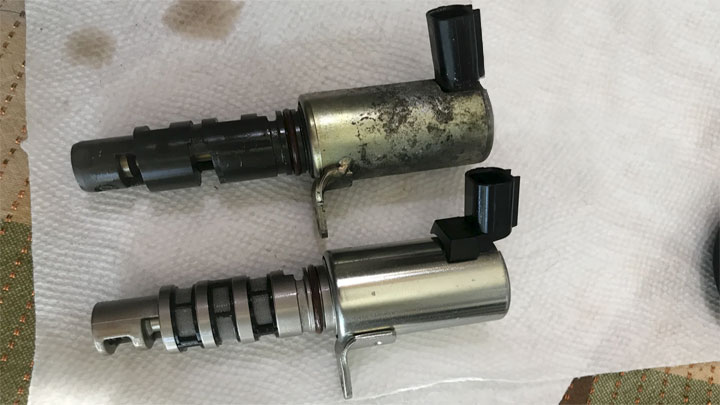
In most modern automobiles engines, varying the valve timing is done by cam control mechanisms that alter cam position with respect to the engine crankshaft.
These systems utilize the readily available oil flow from the engine lubrication system to do the work. Here’s how that happens:
You are stopped at an intersection or just cruising along and you step on the gas. Signaled by the ECU (electronic control unit), the variable valve timing solenoid opens its integral oil control valve. When this valve opens, oil under pressure flows to the cam control mechanism quickly changing cam position with respect to the driving chain or belt.
The cam position can be advanced or retarded depending on the engine speed and throttle (gas pedal) position. When the engine reaches a steady speed, the OCV closes and the cams return to their initial positions. This activity occurs almost instantly and is invisible to the driver.
There is a secondary benefit to this system. The OCV directs a continuous flow of oil to the timing chain and associated sprockets increasing lubrication and cooling oil flow to these parts.
See Also: Advantages of Variable Valve Timing (VVT)
Bad Oil Control Valve Symptoms
The VVT solenoid and OCV comprise an integrated unit. This unit can malfunction. When it does, any or all of these symptoms can alert you to problems:
#1 – Rough Idle
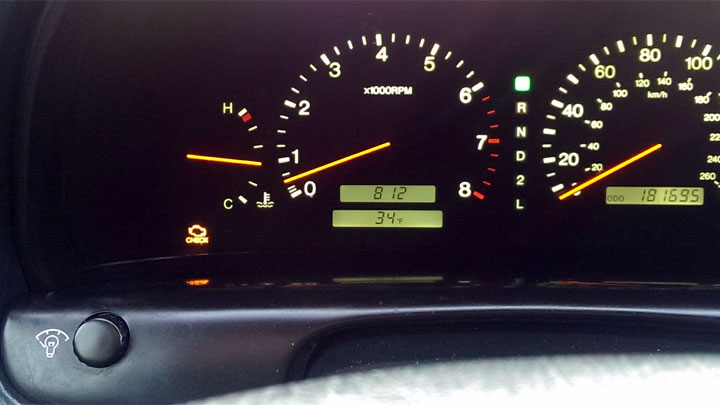
Under normal conditions, the VVT system activates at higher RPMs or when under load bearing conditions such as driving up a hill. But with a faulty oil control valve or VVT solenoid, excess engine oil may be introduced into the VVT system which can result in rough idling, stalling, or just poor engine running in general.
#2 – Poor Acceleration
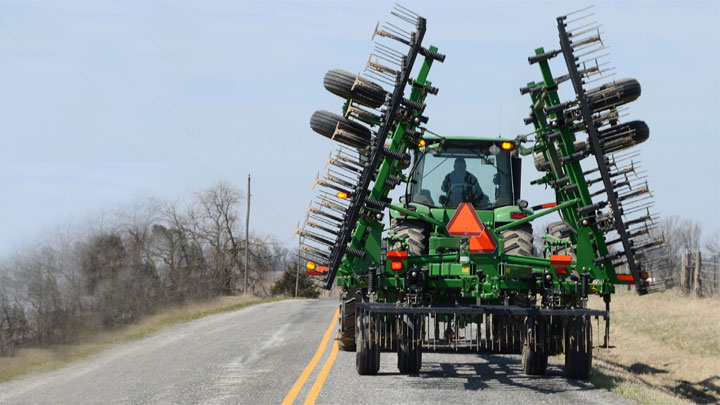
The engine will accelerate more slowly than normal. Power to accelerate quickly and/or climb hills will be lacking. While you may think this isn’t that big of a deal, there may be times where you need to floor it to prevent an accident. When that power isn’t there, there’s not much you can do.
#3 – Poor Gas Mileage
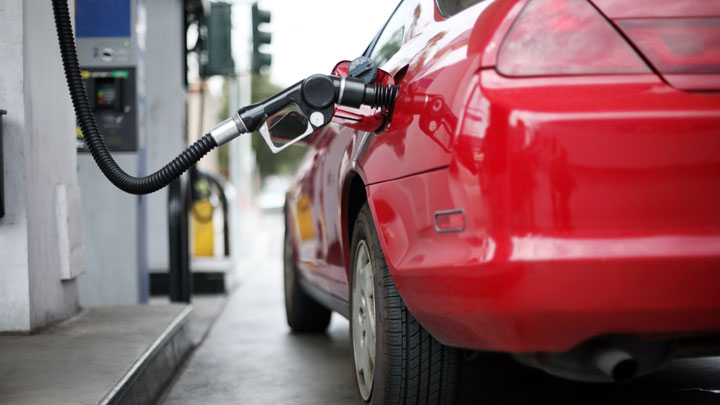
As already mentioned, one of the benefits of variable valve timing is an increase in fuel economy. But when the oil control valve is faulty, that benefit disappears as intake and exhaust valves may open or close at the incorrect times. Over a period of time, you will note an increase in fuel consumption.
#4 – Check Engine Light
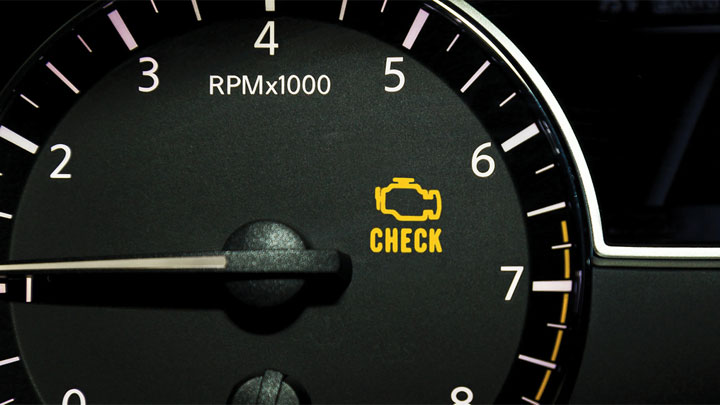
Invariably, the check engine light (CEL) will come on. A code will be set by the onboard diagnostic system (OBD2). This code will indicate whether the problems you are noting are related to the OCV and its related VVT solenoid. DTC P0008, DTC P0014, and DTC P0017 are all codes related to VVT.
As with all CEL ‘on’ events the car may be driven for short distances but must soon be seen by a service technician for corrective action.
What Causes the VVT Solenoid and OCV to Go Bad?
The VVT solenoid is electrically powered as signaled by the ECU. Any fault in this system or circuitry can cause the VVT solenoid to fail to operate. Additionally the solenoid itself can have an internal electrical malfunction and begin to operate intermittently or not at all.
The OCV utilizes engine oil and requires clean oil to function normally. If oil and filter changes are not conducted periodically as your owner’s manual dictates, sludge and/or varnishes (sticky deposits) may build up in this valve.
This contamination may slow or block its function. Also, though this valve is relatively simple, an internal mechanical failure can cause it to fail to operate.
Many OCV installations include an inline oil screen ahead of the valve oil inlet. This screen can become partially or completely blocked by dirt or sludge. This blockage can hinder flow to the OCV and could cause it to fail to operate.
Again, clean oil is important. Periodic engine oil and filter changes can help preclude this type of failure.
Can You Drive With a Faulty Oil Control Valve?
You can drive with this valve malfunctioning, but you shouldn’t drive too far. Getting to your neighborhood repair shop or dealer as soon as possible is strongly recommended.
The reason why is that the OCV or oil screen may be partially or completely blocked. If this happens, lubrication to the cam sprockets and chains will slow or cease. This can lead to rapid cam sprocket and chain wear and then failure.
The resulting damage could be quite costly to repair.
VVT Solenoid Replacement Cost
Best places to order parts? See: 19 Best Online Auto Parts Stores

VVT solenoid replacement will involve possibly a diagnostic fee, then labor and the cost of the parts as follows:
If your mechanic charges a diagnostic fee, it could range from $65 to $100. Average parts cost will likely be somewhere between $50 and $250. Labor for the VVT replacement could range from $75 to $200.
All together, you can expect to pay somewhere in the range of $210 to $550 for the entire job.
Evidence of contamination and sludge in the oil control valve or filter could require additional work. This would consist of flushing the engine lubrication system and replacing the engine oil and filter. Additional estimated cost for this work plus oil and a filter would be $125.

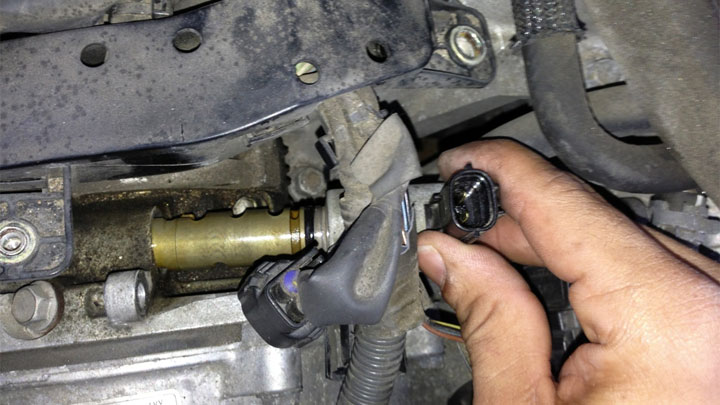
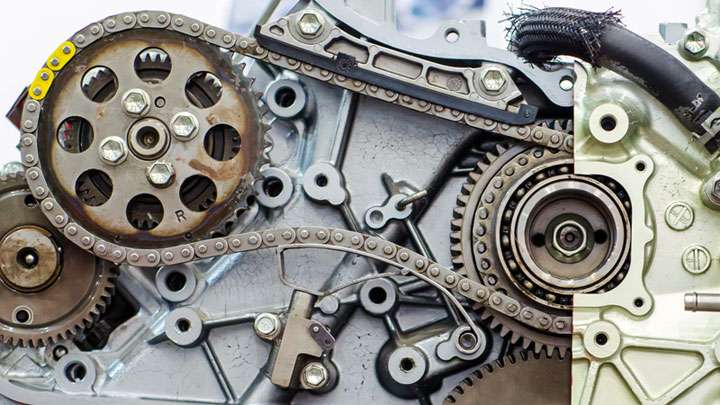
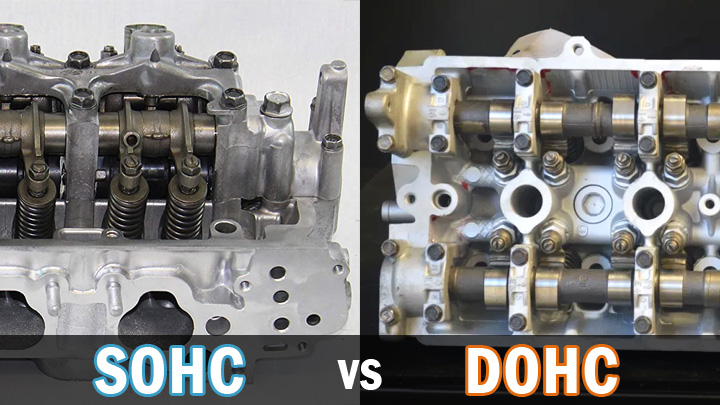
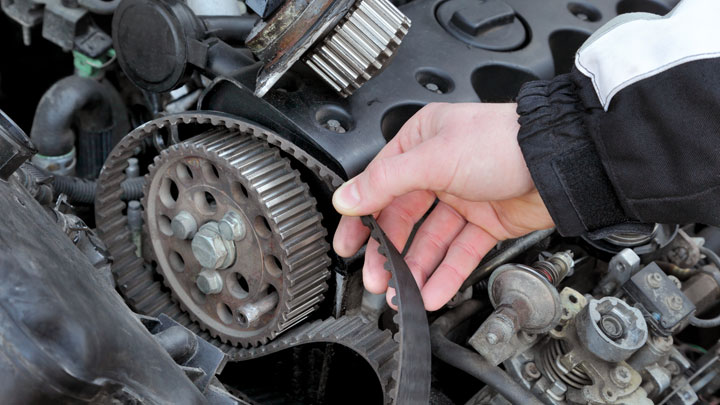
I have a toyota 1.3 professional 1nr my tappets are very noisy
I have a 06 Mazda 6 v6 and my front oil control valve moves slightly left and right. But my oil control valve on the back valve cover does not move at all. What does that mean? I know it’s most likely bad but whyis it moving. Is my camshaft bad or what??
Hi does this control valve also can increase the oil pressure above 65 psi if îs not working correctly
I change both my intake and exhaust for my ocv in my light still is on. Why is that
I have a 2015 Chevy. Malibu
Hi did you fix it ?? I have a same issue !!!
Did you delete the codes ?
It means ur car engine is gonna suffer, this thing damaged 2 engines on my car in 2 weeks. Trust me I have just ordered 2 new solenoids to put on 3rd engine. Don’t joke with those things replace them
Can the device on the cam run out of oil and make a noise?
Yes, the device usually has a filter with a screen that can collect debris and create a blockage.
It’s also a common part to fail, enough so that Ford/Mazda have done recalls on in the past, but rarely when anyone needs it and rarely would they warranty because they’d find a reason not to. Be it timing vs mileage, sludge/maintenance , mods, or just plain “because” they can.
Expect timing problems in the newer vehicles to be associated with this oil control valve, see VVT recalls at NHTSA or car problems. Com for reference.
Lack of oil at the right time will cause rapide excessive wear to your cylinder head camshaft and it’s journal bearings. In my L3 VDT Engine, it grooved the camshafts so badly it welded the aluminum oil hole closed. The heat from friction and unmistakable putrid stank of burning melting aluminum and oil is one I’ll never forget. It warped the head, causing the timing to go off or vice versa. If you have kR knock retard values u can measure with a VCI scan tool or elm327, anything above a 3.0kR is certain Doom.
How does this happen? See Kobe steel Manufacturing scandel. See the international monopolies bearing manufacturers have, and ever growing demand for off the shelf seemingly effecient cars with no engineering for longevity. Ford/Mazda are not the only Manufacturers associated with these problems, they ALL have them, some more some less
Hello Sam, Mazda3 2.0 SkyActiv BM owner here. In my engine KNOCKR negative values such as -3.0° means it’s asking for timing retard and positive values like 3.0° actually means timing advance. Since forever I consistently get KNOCKR as “high” as -7.00/-8.00° (and you can feel it while driving) but only in certain areas, coincidentally those where VVT kicks in. Do you mean that KNOCKR retard must be spread in the whole RPM range or it’s enough it shows in particular spots to suspect malfunctions? Car has always performed like this also on stock calibration and my tuner has told me these values can be considered “normal” under some circumstances…
What is difference between
Variable Valve Timing Actuator
Oil Control Valve
VVT Solenoid
VVT Tensioner
In Mazda CX-9 2012
I won’t know for sure without looking at a factory service manual for that vehicle, but off the top of my head, here’s what I think:
A VVT actuator, oil control valve, and VVT solenoid all sound like the same component to me. This should be the part that manages oil flow in the VVT system, via an electrical signal from the ECU.
The VVT tensioner sounds like a timing chain tensioner.
Could a blocked oil control valve be the reason for the sharp rattling noise I hear from my Toyota corolla 2009 engine at cold start? This noise lasts for just 2 secs.
I’m not sure. I would guess a chain tensioner, not an oil control valve.
Check out this page, I think there may be a TSB out for the issue you’re experiencing. https://www.toyotanation.com/threads/2009-toyota-matrix-corolla-tsb.304437/
I have a GMC Canyon and i know clean oil is a must, how often should I change it/ My dealer told me use 5-30 Dexos 1 gen2 and change it between 4 and 5,000 miles. Does that sound good?
That interval is just fine for full synthetic unless your vehicle sees severe driving conditions. If in doubt, you can always take an oil sample and send it to a company for analysis like Blackstone Labs.
My Toyota runx 2004 year model and 1.4 engine has the tip of its oil control valve badly cracked by Machanic upon working on the engine and it displays engine check light,oil and battery light on dashboard and the oil light remains ón even when the key has been removed from the ignition and it further causes irritation from the manifold upon revving and at times the engine would stall during cold start, could the aforementioned challenges the reason for the broken or badly cracked oil control valve?
2007 Honda CRV, we have had the VVT solenoid replaced 3 times in 20 months. We have new oil in the engine.
The ck engine light came on within 10 hrs of last service. The engine sputters at 2500rpm only.
What else can we do?
Sounds like there’s something else going on with the car. What is the code on that check engine light?
Hello I hope someone can help me please or please give me some advice, I have a 2013 Chevy Cruz and the engine light came on and the code was P0011 generic over advance Bank 1 and I hear a slight ticking noise under the hood.. could it be the intake, camshaft position system performance and do I have to replace the camshaft intake or the oil control valve OCV!! Please help